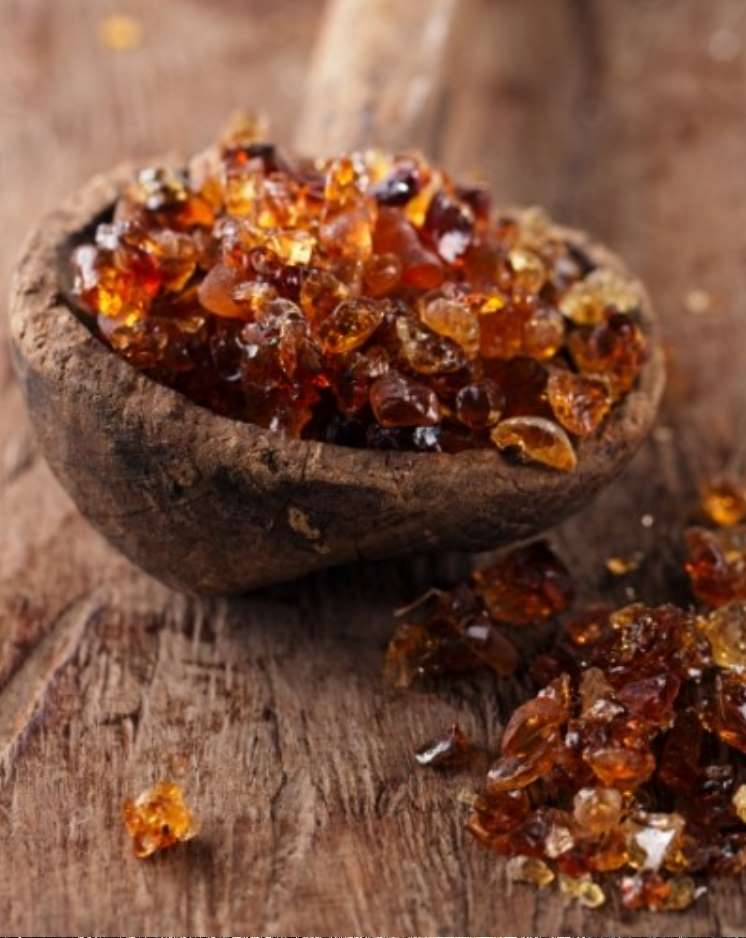Gum Acacia in Beverages – Emulsion Stability Study (E414)
Last updated: October 15, 2025 · Reading time: ~6 min

Objective. Provide practical formulation and processing guidance for clear beverage emulsions using Gum Acacia (Gum Arabic, E414). This guide summarizes industry best practices; it is not a lab report with proprietary data. Use it to design trials, interpret stability signals, and accelerate scale-up.
Baseline Formulation (Concentrate)
| Component | Typical level | Notes |
|---|---|---|
| Flavor oil (citrus or compound) | 5–12% | Set oil fraction vs. target turbidity & aroma load |
| Gum Acacia (Senegal) | 3–6% | Low viscosity; strong O/W emulsification |
| Weighting agent (optional) | 0–6% | Match densities if required by formulation |
| Carrier sweetener/syrup (e.g., DE 42) | 20–40% | Affects osmolality & mouthfeel |
| Acidulants/buffer | q.s. pH 3.0–3.8 | Adjust for final beverage profile |
| Water | qs 100% | Prefer deionized; control hardness |
Processing Workflow
- Hydrate Gum Acacia. Disperse in water under moderate agitation. Senegal: cold water is fine; Seyal: 40–50 °C speeds dissolution. Avoid air entrainment.
- Prepare oil phase. Mix flavor oil (and weighting agent if used) until uniform.
- Pre-emulsify. Add oil phase slowly into hydrated gum under high-shear (e.g., rotor–stator). Aim for a fine, uniform pre-emulsion.
- Homogenize. 2–3 passes; adjust pressure/energy to hit target particle size (monitor D90). Keep inlet temp controlled to prevent volatilization.
- Finish & cool. Add acids, adjust Brix/pH, polish filter if required, cool and store.
Key Variables & Targets
| Variable | Typical target | Rationale |
|---|---|---|
| Gum Acacia level | 3–6% (concentrate) | Balance between interfacial coverage and low viscosity |
| Oil fraction | 5–12% | Higher oil → higher gum and shear needed |
| Particle size (D90) | < 1–2 μm | Smaller droplets resist creaming and coalescence |
| pH | 3.0–3.8 (acidic drinks) | Flavor and microbiological robustness |
| Viscosity (25 °C) | Low, pumpable | Ease of handling & clarity in final drink |
| Temperature | Hydration 20–50 °C | Assure full gum dissolution (Seyal benefits from warmth) |
Stability Metrics & Quick Tests
Creaming Index (CI). Monitor phase separation over time:
CI (%) = (Height of cream layer ÷ Total emulsion height) × 100
- Accelerated storage: 40–45 °C for 7–14 days to reveal early instability.
- Centrifugation: short, low-g spin to screen formulations (comparative only).
- Particle size: Laser diffraction (D90) after homogenization and after storage.
- Optical: Turbidity/clarity checks for clear drinks.
Species Choice: Senegal vs Seyal
Acacia Senegal is usually preferred for clear beverages due to very low viscosity and strong interfacial activity. Acacia Seyal can work in beverages but often requires slightly higher levels and/or more homogenization energy; it shines in coatings/binding (see companion article).
Related reading: Acacia Senegal vs Acacia Seyal – Key Differences
Troubleshooting Guide
| Symptom | Likely cause | Fix |
|---|---|---|
| Rapid creaming / ring at top | Droplets too large; low gum coverage | Increase homogenization energy; raise gum by 0.5–1.0%; verify full gum hydration |
| Coalescence / oiling off | Insufficient interfacial film; pH or ionic strength issues | Use Senegal; re-check pH 3–4; consider weighting agent; slow oil addition during pre-emulsification |
| Haze or color shift | Overheating; poor filtration; syrup interactions | Control process temps; polish filter; validate syrup DE and quality |
| Viscosity too high | Excess gum or Seyal behavior | Reduce gum 0.5–1.0%; switch to Senegal or increase process energy to reduce droplet size |
| Foam during make-up | Air entrainment | Lower vortex; add antifoam compatible with beverage regs if needed |
Formulation Tips
- Hydrate gum completely before adding oil; incomplete hydration mimics “low gum” defects.
- Match densities (oil phase vs aqueous) to reduce creaming—weighting agents can help.
- Record energy input (pressure, passes) for reproducibility across scales.
- For citrus systems, validate peel oil composition and oxidation protection.
Need help tuning your beverage emulsion?
Eco Agri can recommend Gum Acacia grades (Organic/Halal/Kosher), dosage windows, and processing settings for your oil load and flavor system.
FAQ – Gum Acacia in Beverages
Why choose Gum Acacia for clear drinks?
It delivers strong emulsification with very low viscosity, enabling clarity and light mouthfeel.
Do I need a weighting agent?
Optional. It helps density matching for certain oils; assess based on oil phase properties and target shelf life.
What’s a fast stability screen?
Measure D90 after homogenization and again after 7–14 days at 40–45 °C; track Creaming Index in parallel.
Can I use Acacia Seyal?
Yes, but expect slightly higher gum levels and/or energy. For very clear beverages, Senegal typically performs better.
Explore the Gum Acacia Knowledge Hub
Learn more about the functionality, sourcing and regulatory aspects of Gum Acacia (E414) across our in-depth technical articles:
- Differences Between Acacia Senegal and Acacia Seyal — composition, solubility and functional performance.
- Gum Acacia in Beverages – Emulsion Stability Study — formulation ranges, homogenization and QA testing.
- E414 Labeling – EU & FDA Regulations — ingredient naming, E-number usage and fiber claims.
→ Back to the main overview: Gum Acacia (Gum Arabic) – Applications & Specs
